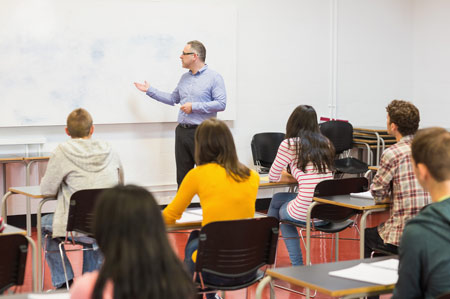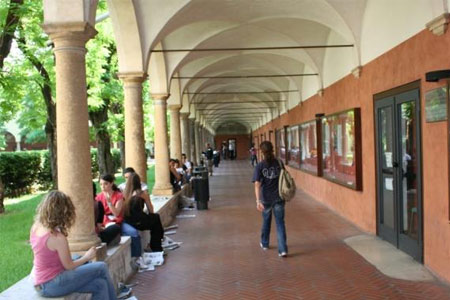- Didattica

Corsi di laurea
Corsi di laurea magistrale
POST LAUREA
- Facoltà
- Segreterie e sedi

Segreterie
Strutture
- Persone
- MY UNIVR
-
The purpose of these two lessons/seminars is to illustrate the main characteristics of respiratory dynamics. In particular, the concepts of respiratory resistances and the methods used to measure them will be illustrated. We will discuss the factors that influence the work of breathing and we will analyze the intrapleural and alveolar pressures during breathing together with the respiratory flows and the volume variation. Finally, the concept of dynamic closure of the airways during maximal expiratory efforts and the flow-volume curves will be illustrated.
1.0 Involved Forces and reactions
1.1 Mechanical analogue of the respiratory system
2.0 Respiratory Mechanics-Static and Dynamic
3.0 Dynamics and mechanical analogue of the respiratory system
4.0 Flow resistance
4.1 Turbulent flow
4.2 Transition flow
4.3 Air resistance in healthy and pathological lungs
4.4 Lung volume and resistance
4.5 Closing volume and small airway
5.0 Ppl, Palv and Ptp during the respiratory cycle
5.1 Pressures during the respiratory cycle - Inspiration
5.2 Pressures during the respiratory cycle-Exhalation
6.0 Respiratory work
6.1 Minimum work of breathing
7.0 Spirometry and flow-volume curves
7.1 Isovolume pressure-flow curves
7.2 Point of equal pressure
7.3 Pressure – flow and pathology curves
8.0 Time constant and pendelluft
8.1 Time constant and pathologies
Online self-assessment tests administered with the Kahoot platform
© 2002 - 2024
Verona University
Via dell'Artigliere 8, 37129 Verona |
P. I.V.A. 01541040232 |
C. FISCALE 93009870234